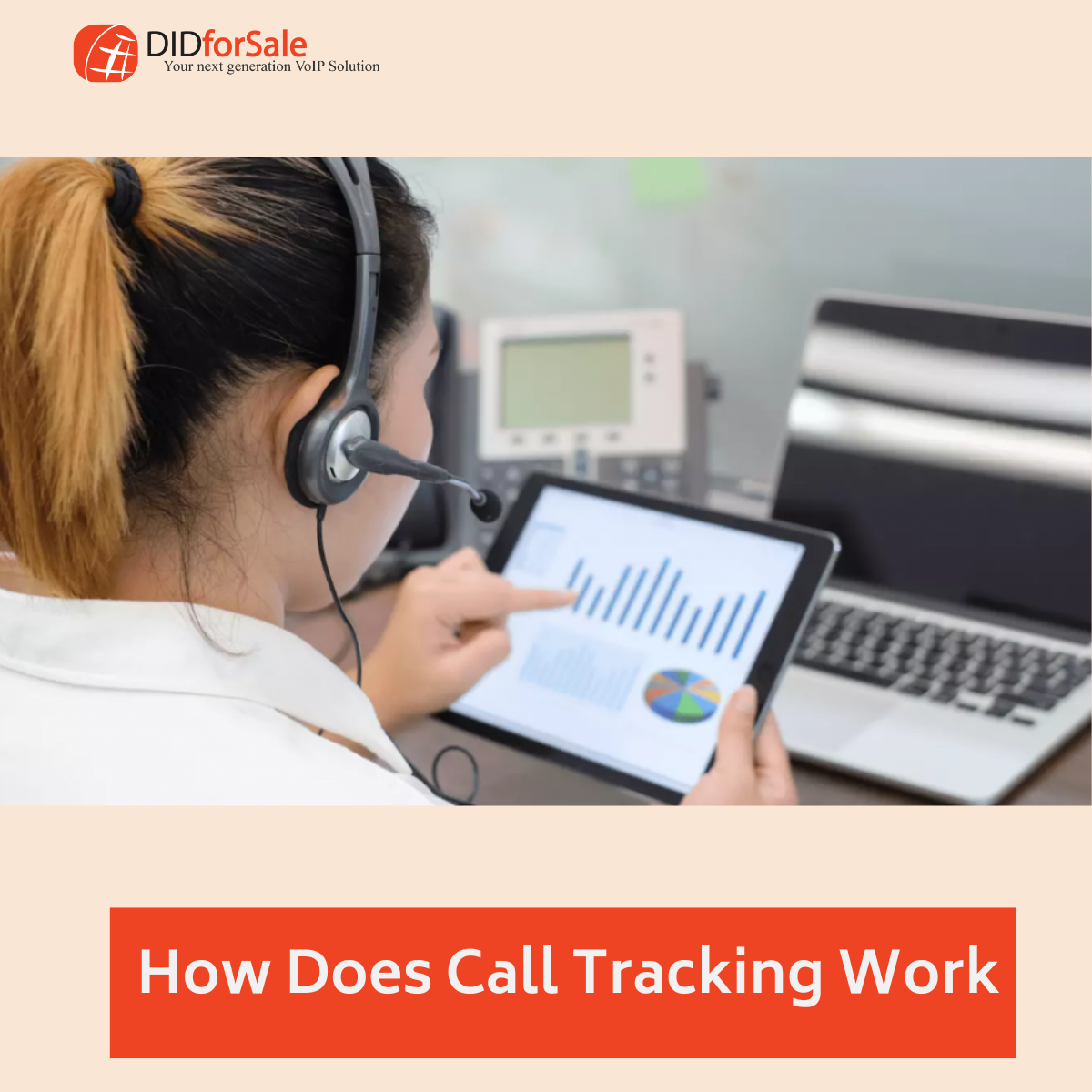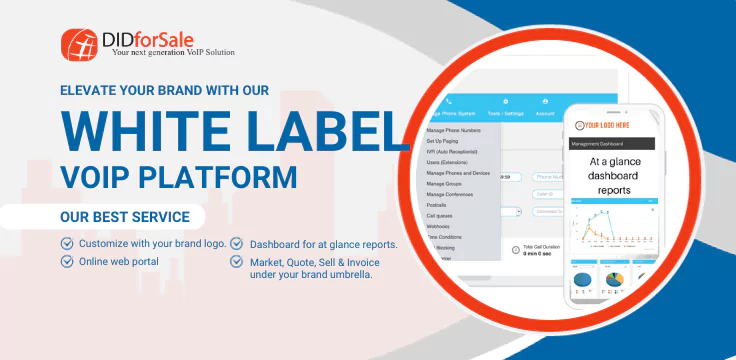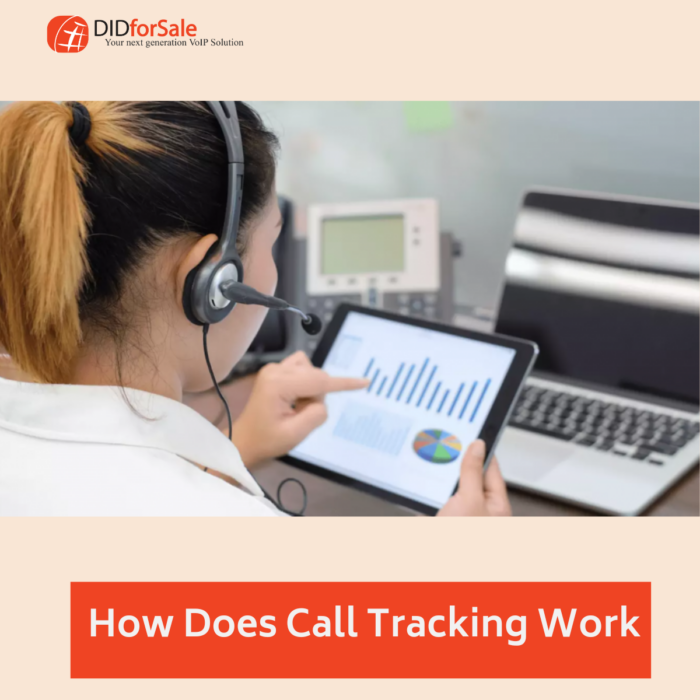In the fast-evolving world of business, understanding how does call tracking works in 2024 is essential for maximizing your marketing efforts. Every marketing dollar counts, and with the right tools, you can effectively track and measure the success of your campaigns. While many businesses focus on website clicks and form submissions, phone calls often represent highly engaged prospects. Without effective call tracking, it’s easy to lose sight of which marketing efforts are driving those calls. This is where call tracking becomes invaluable.
What is Call Tracking, Really?
Call tracking is a tool that helps businesses track how call tracking works. By understanding how does call tracking works, businesses can see which marketing campaigns generate phone calls.
At its core, call tracking assigns a unique phone number to each marketing channel. For instance, the number on your Facebook ad will differ from the one in your Google Ads campaign or on a print flyer. When someone calls that number, the software records key information about the call, including its source. This lets you analyze which marketing efforts truly make an impact.
How Does Call Tracking Work in Practice?
Let’s simplify this process into four straightforward steps:
- Assign Unique Phone Numbers: To start, set up unique phone numbers for each marketing campaign. These numbers can be local, toll-free, or catchy vanity numbers (like 1-800-CALL-US). This way, you can pinpoint exactly which campaign prompted the call.
- Route the Calls: Once a customer dials one of these numbers, the system recognizes where the call is coming from and routes it accordingly. This routing can depend on factors like the time of day, the caller’s location, or the product they’re interested in.
- Record Call Data: Call tracking software logs valuable details such as the caller’s number, the number dialed, call duration, and, in some cases, recordings of the call. With this data, you can analyze which campaigns drive leads and sales.
- Analyze and Optimize: Now comes the exciting part. Once you gather all this data, you can see which campaigns generate the most calls, which calls convert into sales, and how to adjust your marketing efforts for even better results. This makes your marketing spend much more efficient and targeted.
Why Call Tracking Matters in 2024
Phone calls are still crucial. Knowing how does call tracking works gives businesses a competitive edge by tracking these valuable leads.
- Maximizing Your Marketing ROI
By leveraging insights into how call tracking works, you can maximize your marketing ROI effectively. Instead of spending blindly across various channels and hoping something works, you can pinpoint which ads, campaigns, or keywords truly bring in leads. Identifying your most effective campaigns lets you focus your budget where it counts and cut out waste.For example, if you discover your Google Ads campaign drives 60% of your calls while a newspaper ad brings in only 5%, you know exactly where to reallocate your budget. In other words, call tracking gives you that level of clarity. - Actionable Insights and Data-Driven Decisions
Once you start tracking inbound calls, patterns and trends that were previously hidden will become clear. Specifically, you can see which marketing channels drive the highest volume of calls and, more importantly, which ones deliver the best quality leads. Not all calls are equal, and call tracking allows you to focus on the campaigns attracting customers ready to convert.The best part? These insights come from data, not guesswork. Thus, with call tracking, you won’t rely on hunches anymore. The numbers will tell you exactly where your customers are coming from. - Improving Call Routing and Customer Service
Beyond tracking, call tracking systems can enhance call routing efficiency. Imagine this: you could direct calls based on the specific campaign or product the customer is interested in. If a customer calls after seeing an ad for a particular product, that call can go directly to an agent who specializes in that product. This speeds up the sales process and boosts customer satisfaction.
Moreover, by analyzing call recordings and customer feedback, businesses can spot areas needing improvement in customer service. This ensures that future interactions run smoothly and effectively.
How to Get Started with Call Tracking
Ready to start tracking your phone calls? The process is straightforward. First, choose a call tracking provider that fits your business needs. Then, set up unique tracking numbers for each of your marketing channels—be it digital, print, or broadcast. From there, you can track, analyze, and optimize your marketing campaigns based on real, actionable data.
Frequently Asked Questions
Is call tracking expensive?
Costs can vary widely, but many providers offer scalable plans. This makes call tracking accessible for businesses of all sizes, whether you’re a small local shop or a multi-location enterprise.
Can call tracking help improve customer service?
Absolutely! By analyzing call data and recordings, you can identify common customer complaints or questions. This helps you train your staff and improve overall service.
Is SIP trunking secure for call tracking?
Yes, when configured properly, SIP trunking can be a secure and reliable solution for managing high call volumes across multiple locations.
Final Thoughts
In conclusion, call tracking in 2024 isn’t just about keeping tabs on inbound calls—it’s about enhancing your entire marketing strategy. By knowing which efforts drive the most valuable phone leads, you can optimize your marketing spend, streamline customer service, and grow your business with more confidence.
If you haven’t started tracking your calls yet, now’s the perfect time to explore the best call tracking software and see how it can transform your business.







